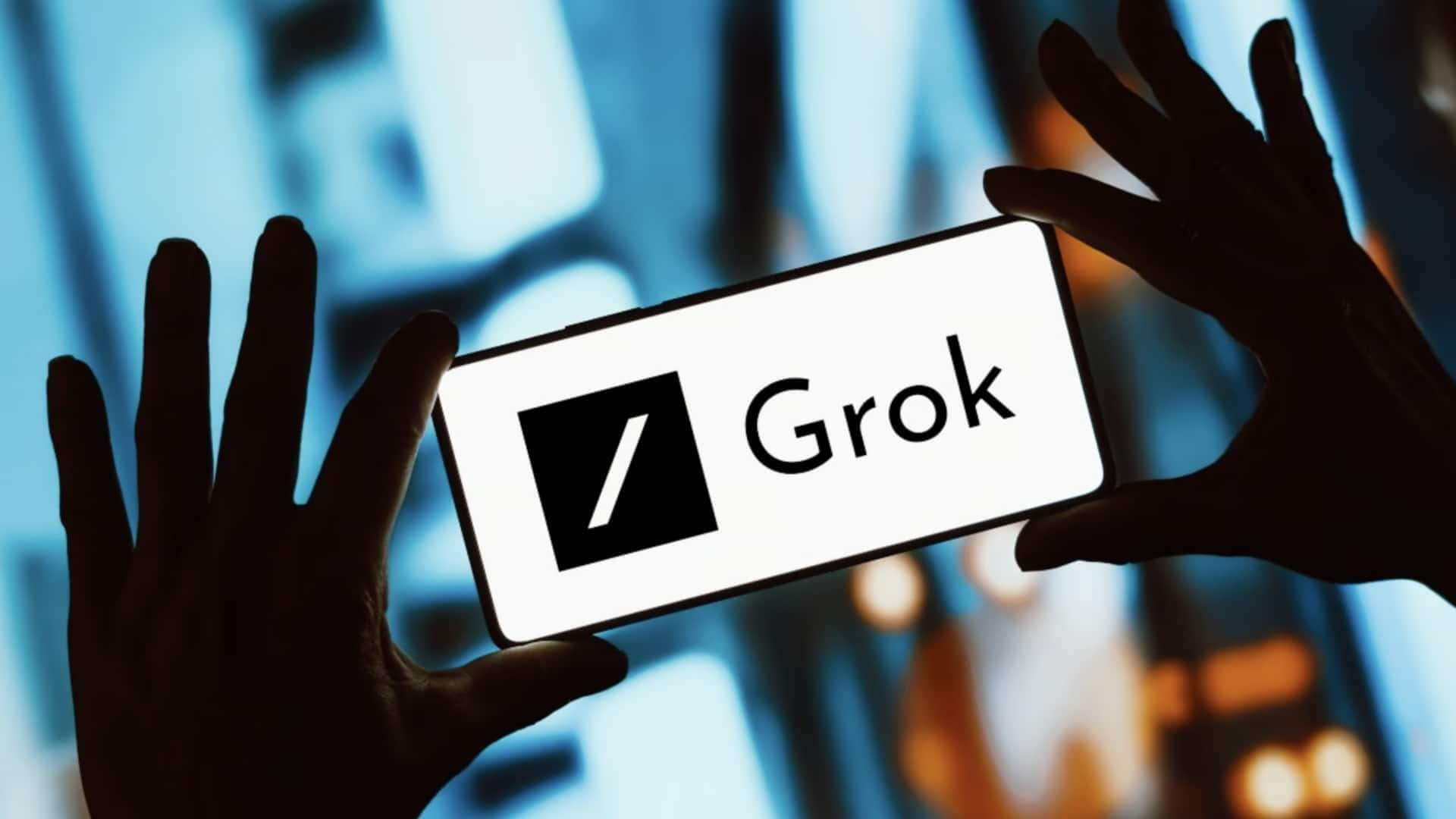
Stefan Benett, managing director with and leader of the firm’s energy practice, discusses the challenges of obtaining sufficient production capacity and raw materials to keep Europe’s energy sector on track to achieve “net-zero” emissions targets. There’s “massive investment” going on in energy networks and infrastructure across Europe, Benett says. But those initiatives are threatened by increasing lead times and shortages of key components of the electrical grid, including high-voltage cables, transformers and rare earth magnets.
Notwithstanding immediate needs, procurement teams must manage the problem on a long-term, strategic basis. Raw materials are indeed in short supply, but the bigger problem is inadequate production capacity all over Europe, Benett says. Producers are “fully booked,” and suppliers are in a strong market position.
The current dynamic is requiring buyers to expand the supply base and look for alternative sources of components. Businesses also face the challenge of striking a balance between managing cash flow and stockpiling key components and raw materials ahead of bottlenecks, he says. Nearshoring and “friend-shoring” of critical materials is one strategy that can improve access to supply while tightening up security of the supply chain, Benett says.
But the approach to new suppliers must be more than transactional. In a highly competitive market, with limited supply of essential items, buyers need to present themselves as “customers of choice.” They can do this through a variety of ways, including clear definition of roles and responsibilities under the contract, communication of the customer’s long-term needs, close collaboration with suppliers to manage design changes, development of joint ventures where appropriate, and ensuring long-term commitments to supplier-buyer relationships.
Putting these forward-looking strategies into place could take two to three years, Benett says, even as energy producers struggle to stay on schedule with their net-zero emissions commitments. RELATED CONTENT RELATED VIDEOS Related Articles.








